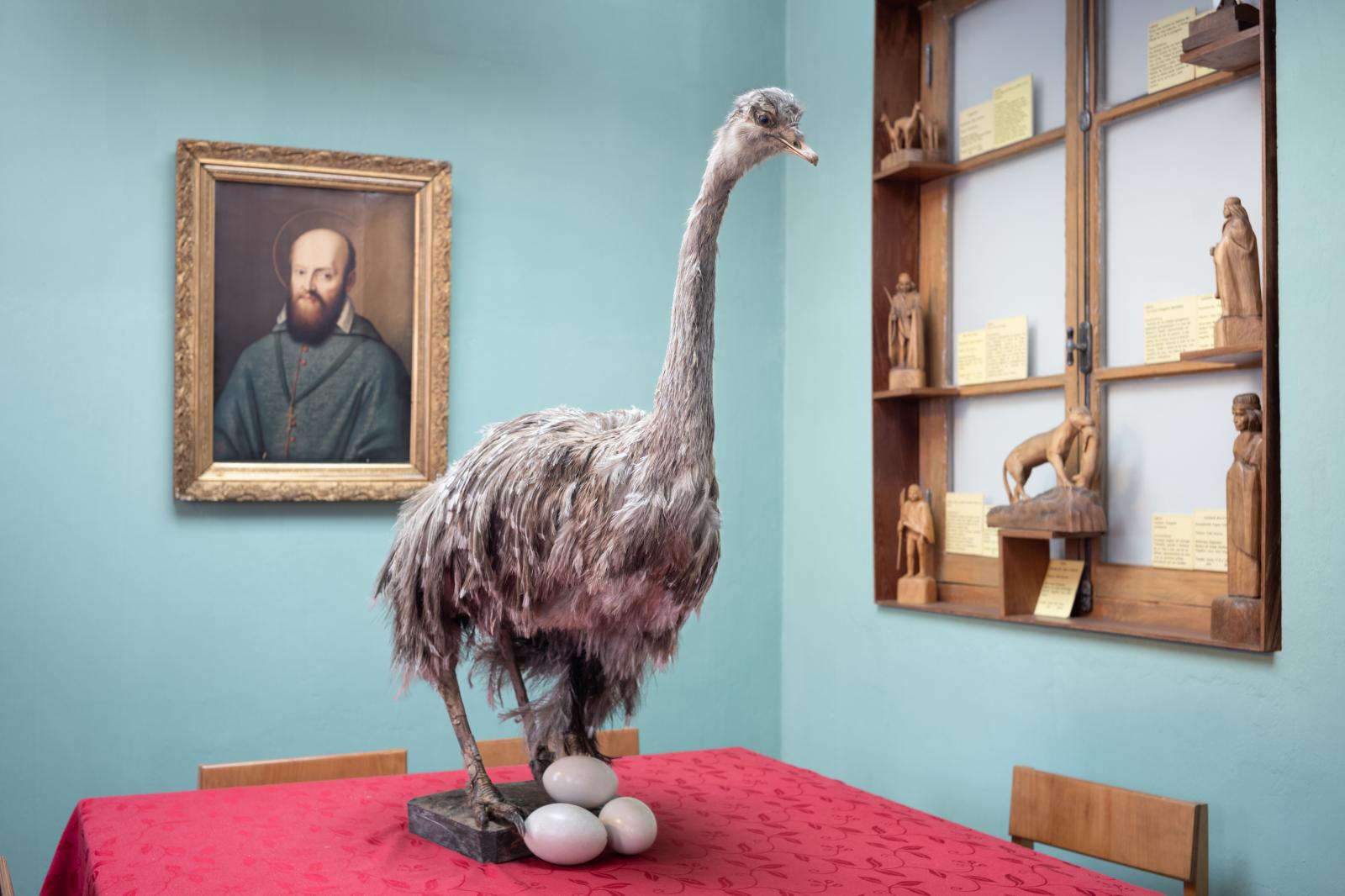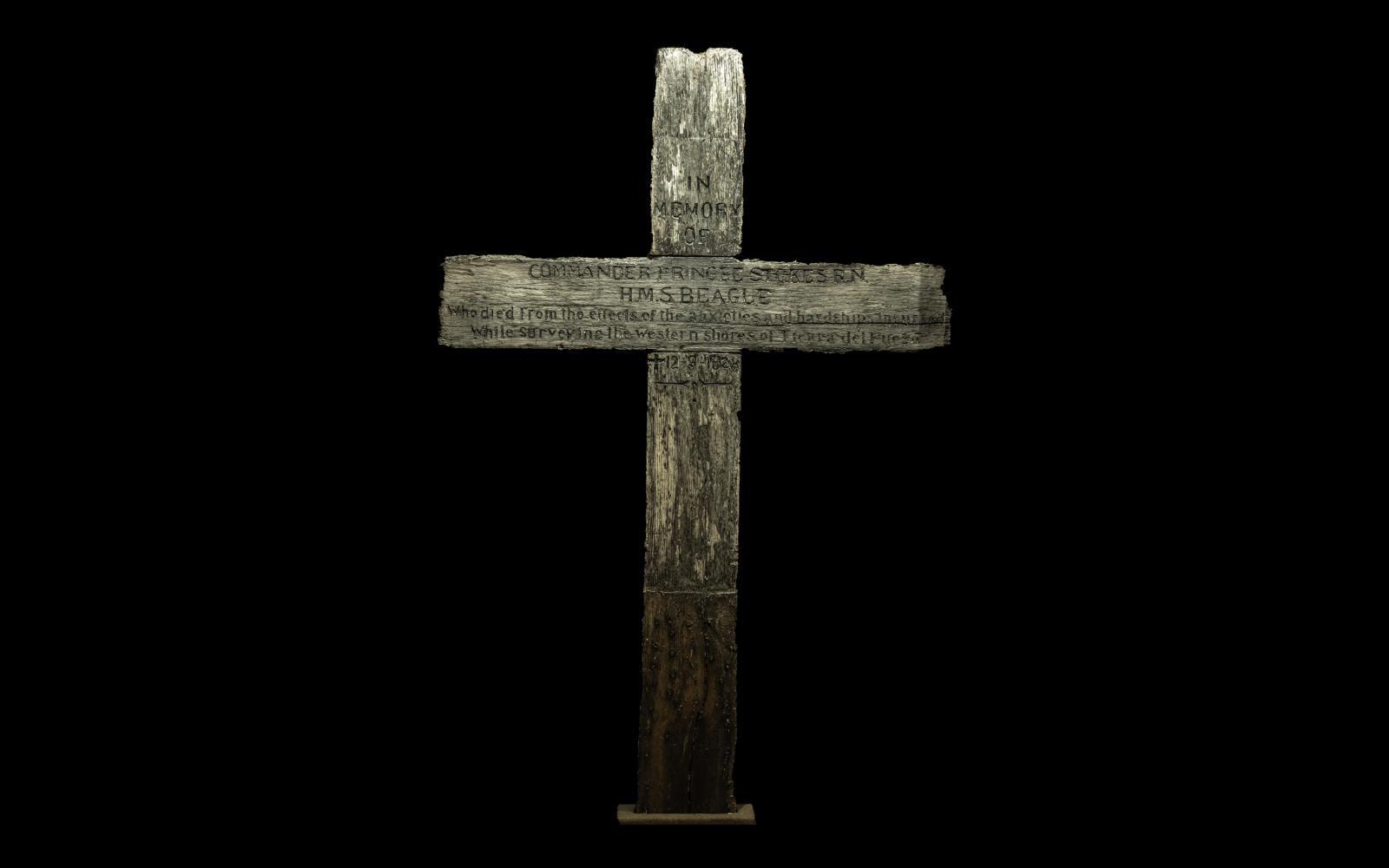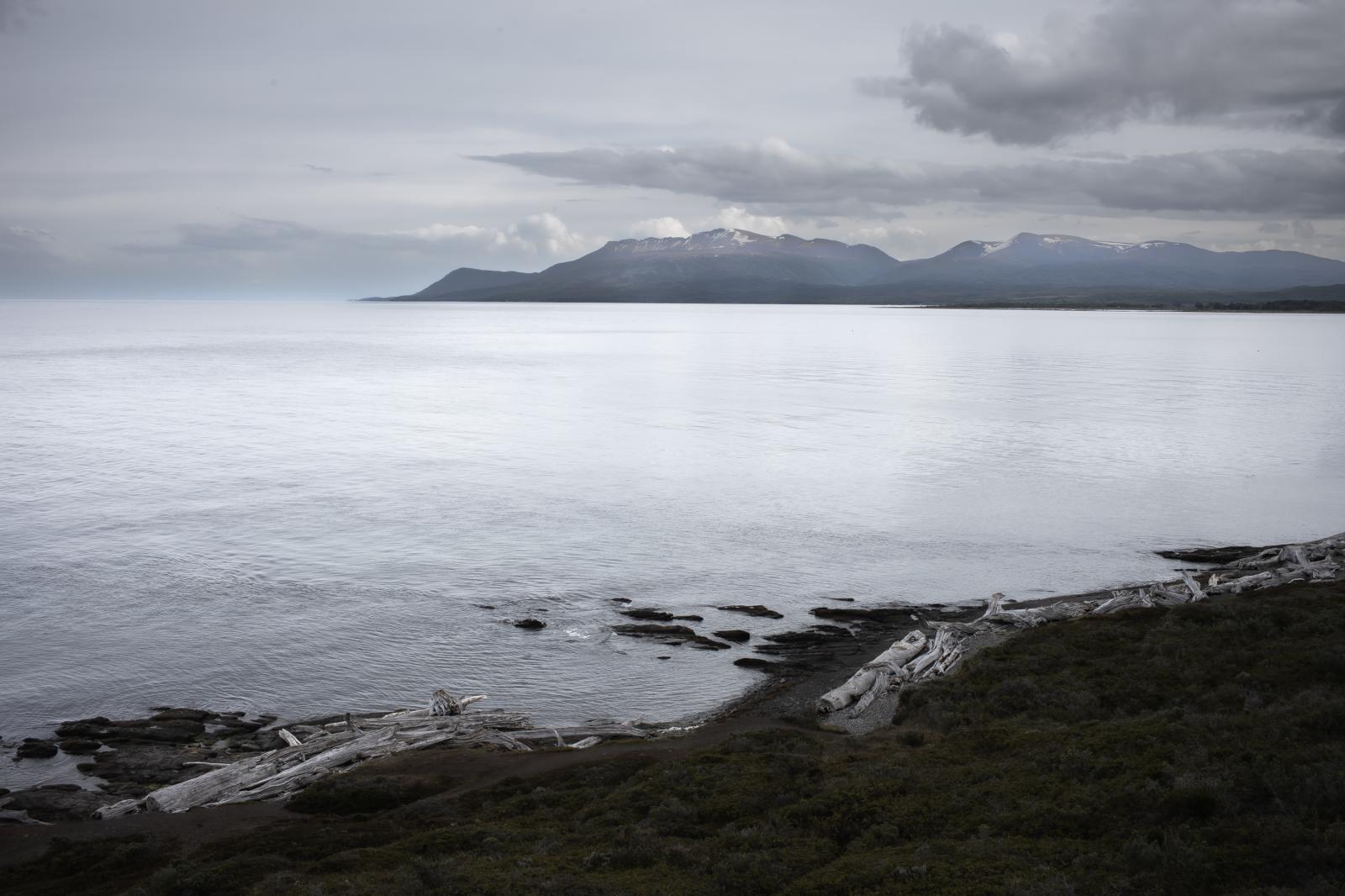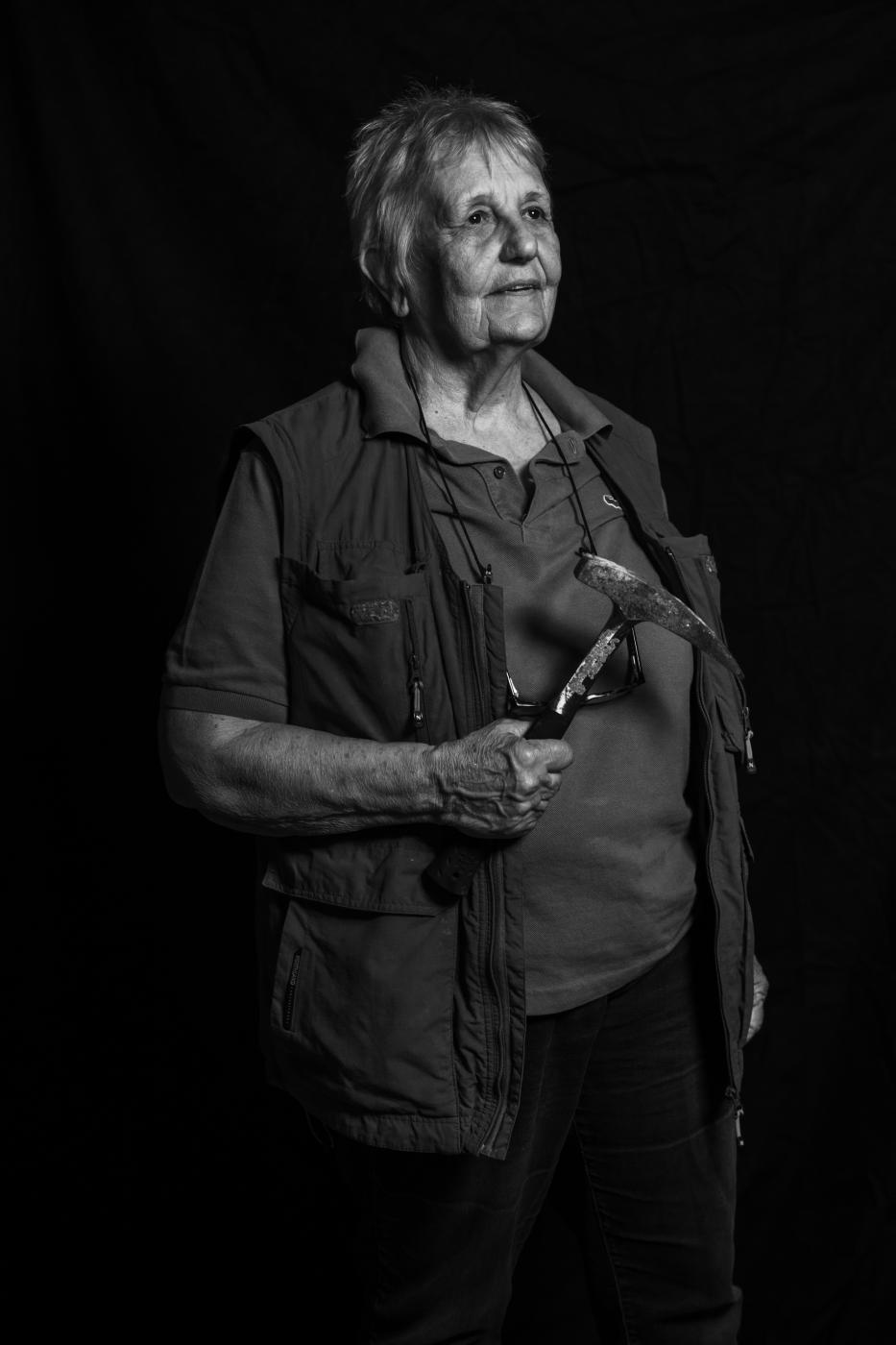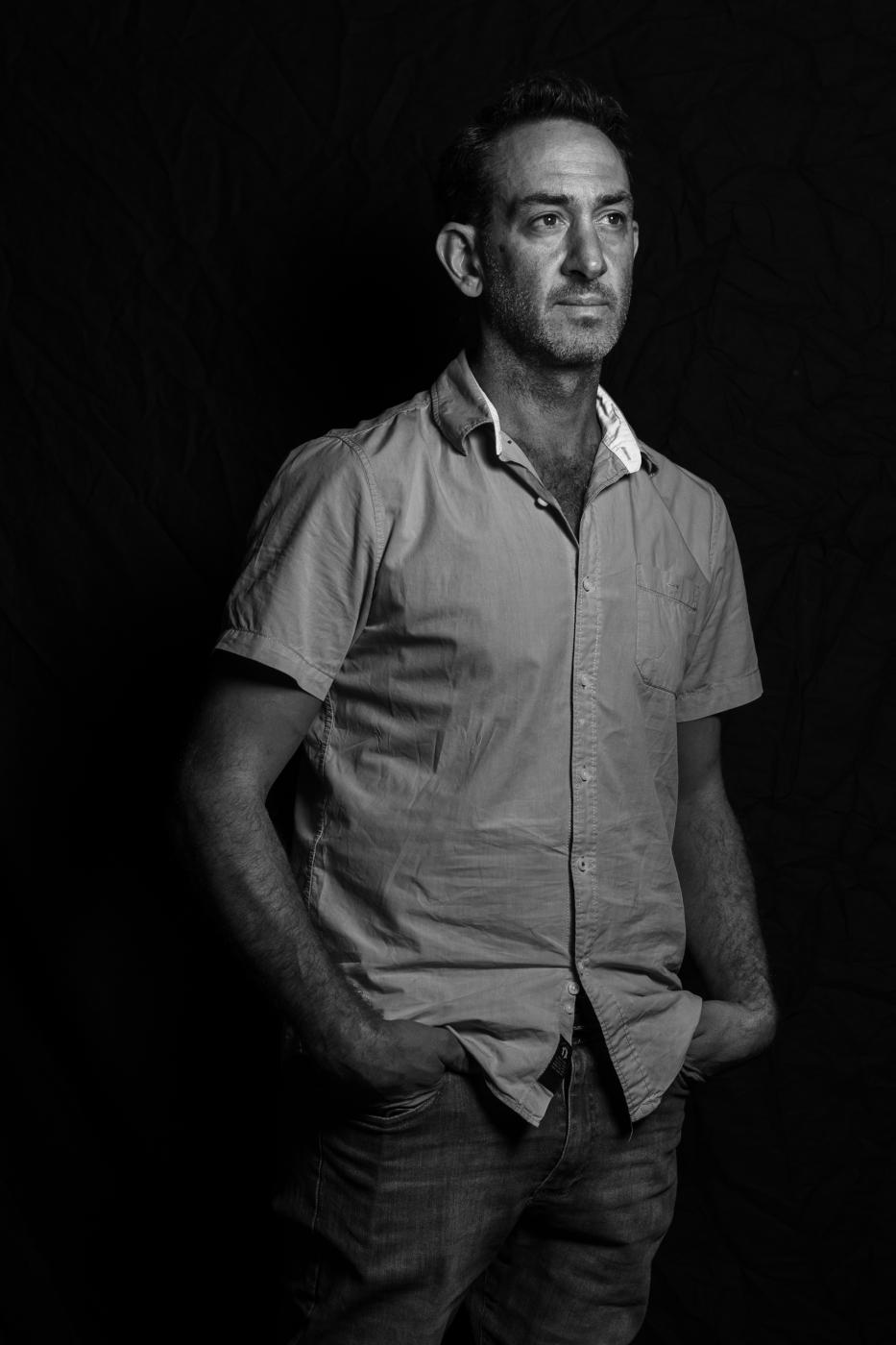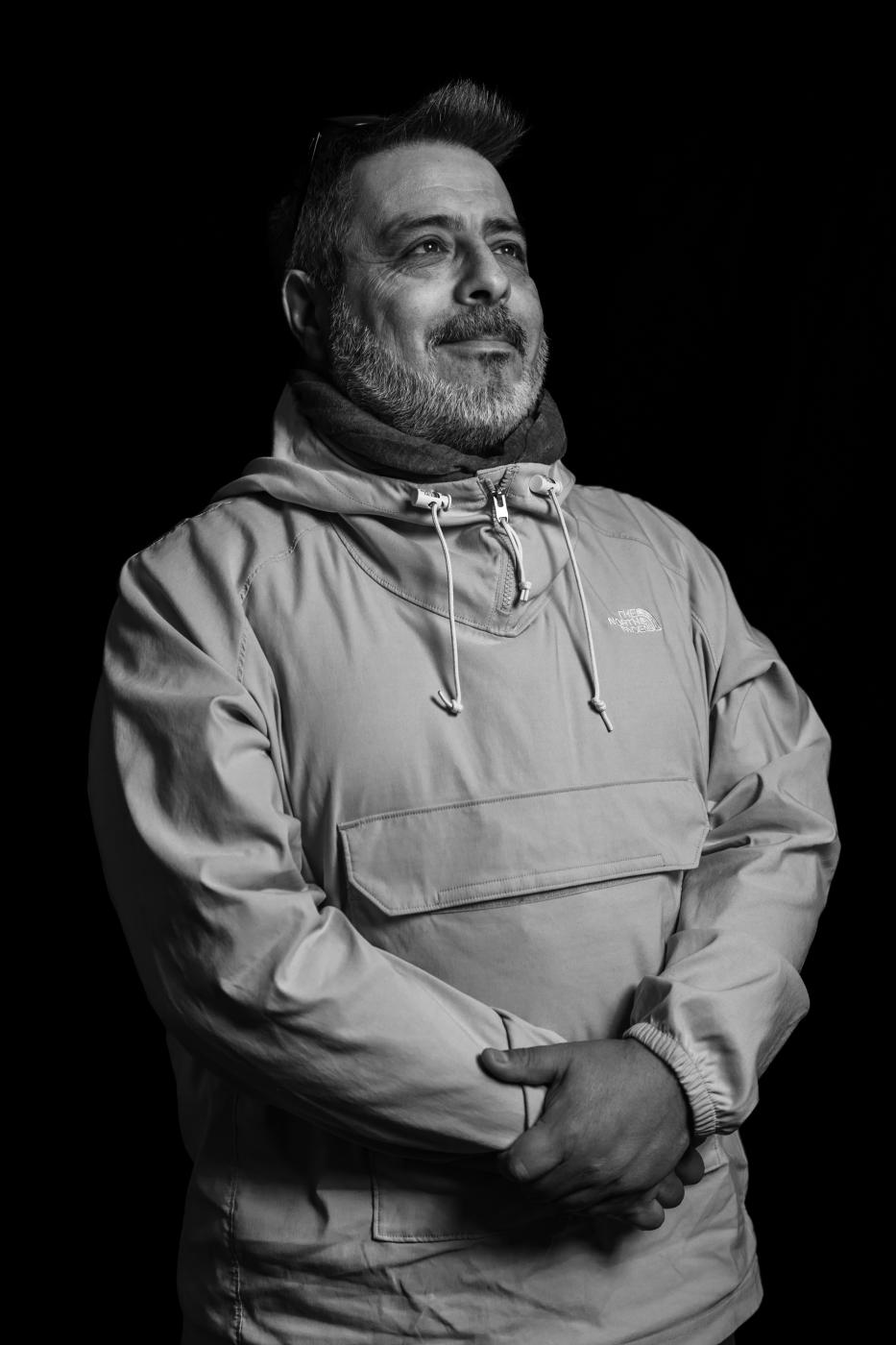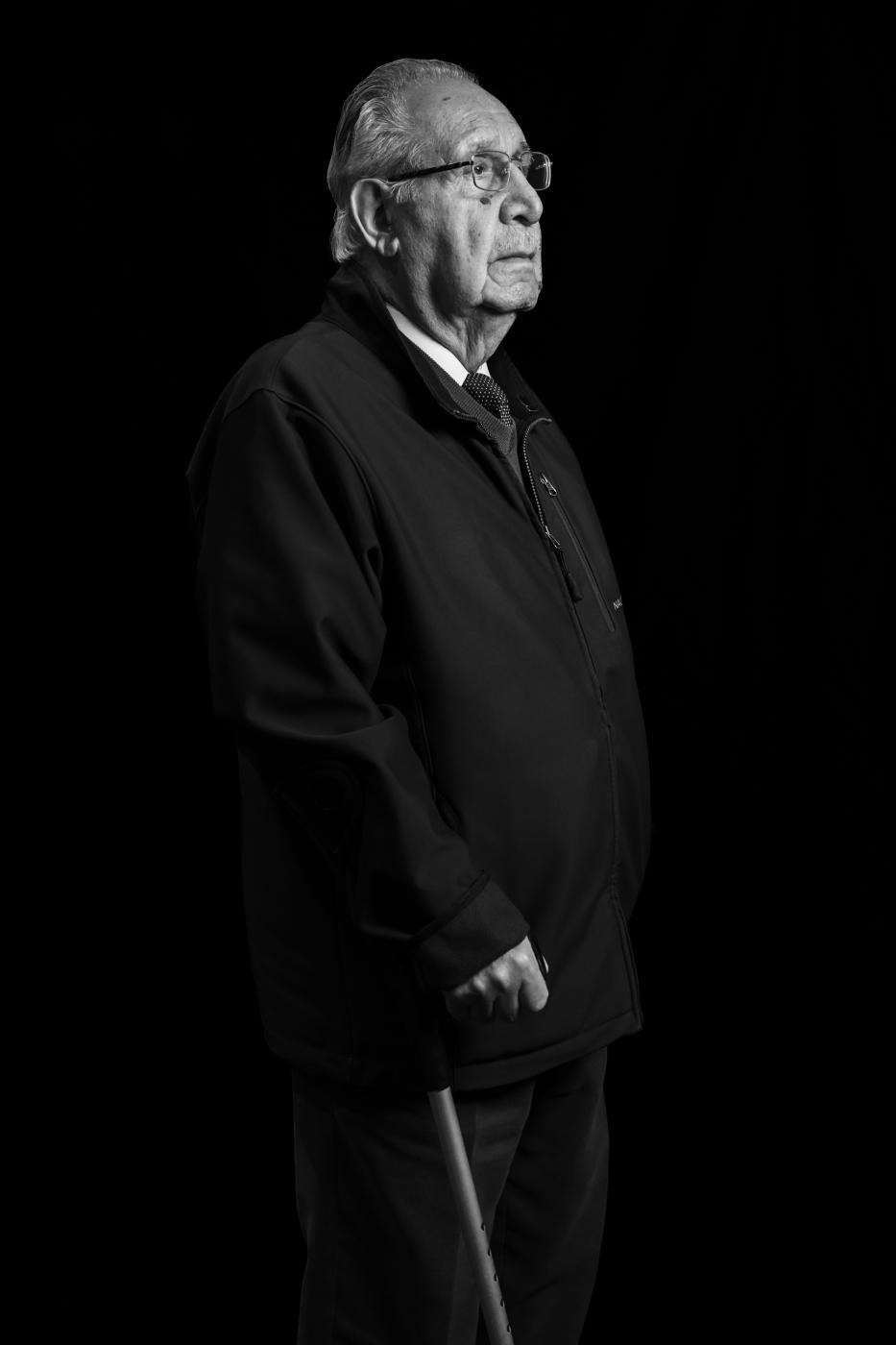Public Project
Finding Darwin
"Finding Darwin" is the result of a 40-day solo expedition in Patagonia, covering over 11,000 km (6,835 miles) in a 4x4 Jeep between February - April 2023. This project was supported by the National Geographic Society.
In 1831, Captain FitzRoy left England aboard the ship HMS Beagle, carrying a young man named Charles Darwin. This trip changed the way we perceive our place in the world. Darwin, with his incessant curiosity, talent for keen observation, and instinctive perception, understood the world in a completely new way, resulting in the creation of his most famous theory.
The first important clue that set Darwin on the trail of what would become The Theory of the Evolution of Species — to date the most important single scientific work ever published — actually came not in the wild Galapagos Islands but three years earlier, on a stormy beach on the north coast of Argentina, in a fossil deposit. Patagonia served as a school for the naturalist.
He filled his journals with narratives about the people and landscape of Patagonia. There is no lack of detailed socio-anthropological observations — from colonization and the ongoing genocide in Argentina to his astonishment at meeting the indigenous people of Tierra del Fuego.
Observations of travelers such as Charles Darwin constitute relevant pre-ethnographic testimonies, containing reflections on estrangement and sociocultural differences.
The proposed objective was to travel and photograph, by land and by sea, the trails where Darwin was, documenting his socio-anthropological observations, the landscapes, and the legacy still present in Patagonia.
But this Beagle expedition was also a journey of self-discovery for Charles Darwin. Let's momentarily forget that immortalized image of a wise and gray-bearded man. Let's meet young Charles Darwin, a human being who left behind the influences and desires of his family, who envisioned him becoming a doctor or clergyman, to embark on his first journey outside of Europe. The world opens up for Darwin, and vice versa.
He is amazed by the new species he encounters along the way, by the cultures unfamiliar to his world, and he looks in the mirror and confronts his own prejudices. The nearly five years aboard the Beagle transform Charles Darwin into a man. The prejudice he felt towards the indigenous people of Patagonia ultimately helps him grow and understand that we are all one. Every moment lived helps him build theories and reconstruct himself.
Therefore, in addition to being a scientific and documentary exploration, the project also aims to capture the personal journey of growth and self-discovery of Charles Darwin during this transformative expedition.
In 1831, Captain FitzRoy left England aboard the ship HMS Beagle, carrying a young man named Charles Darwin. This trip changed the way we perceive our place in the world. Darwin, with his incessant curiosity, talent for keen observation, and instinctive perception, understood the world in a completely new way, resulting in the creation of his most famous theory.
The first important clue that set Darwin on the trail of what would become The Theory of the Evolution of Species — to date the most important single scientific work ever published — actually came not in the wild Galapagos Islands but three years earlier, on a stormy beach on the north coast of Argentina, in a fossil deposit. Patagonia served as a school for the naturalist.
He filled his journals with narratives about the people and landscape of Patagonia. There is no lack of detailed socio-anthropological observations — from colonization and the ongoing genocide in Argentina to his astonishment at meeting the indigenous people of Tierra del Fuego.
Observations of travelers such as Charles Darwin constitute relevant pre-ethnographic testimonies, containing reflections on estrangement and sociocultural differences.
The proposed objective was to travel and photograph, by land and by sea, the trails where Darwin was, documenting his socio-anthropological observations, the landscapes, and the legacy still present in Patagonia.
But this Beagle expedition was also a journey of self-discovery for Charles Darwin. Let's momentarily forget that immortalized image of a wise and gray-bearded man. Let's meet young Charles Darwin, a human being who left behind the influences and desires of his family, who envisioned him becoming a doctor or clergyman, to embark on his first journey outside of Europe. The world opens up for Darwin, and vice versa.
He is amazed by the new species he encounters along the way, by the cultures unfamiliar to his world, and he looks in the mirror and confronts his own prejudices. The nearly five years aboard the Beagle transform Charles Darwin into a man. The prejudice he felt towards the indigenous people of Patagonia ultimately helps him grow and understand that we are all one. Every moment lived helps him build theories and reconstruct himself.
Therefore, in addition to being a scientific and documentary exploration, the project also aims to capture the personal journey of growth and self-discovery of Charles Darwin during this transformative expedition.
4,030

